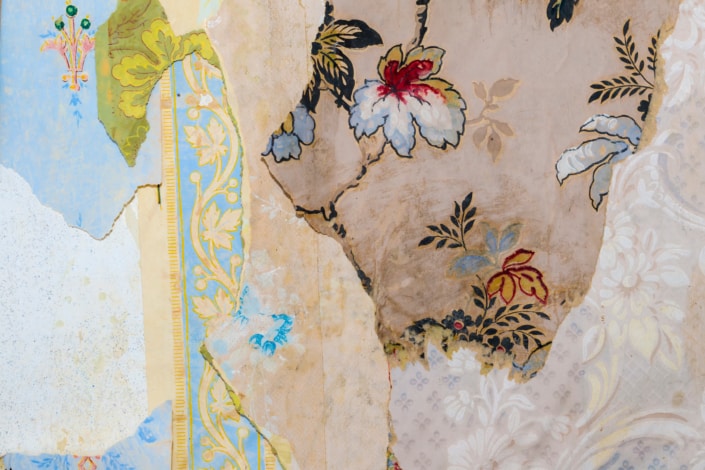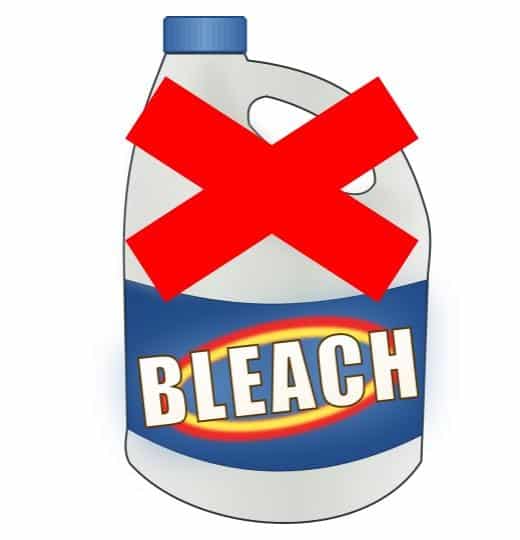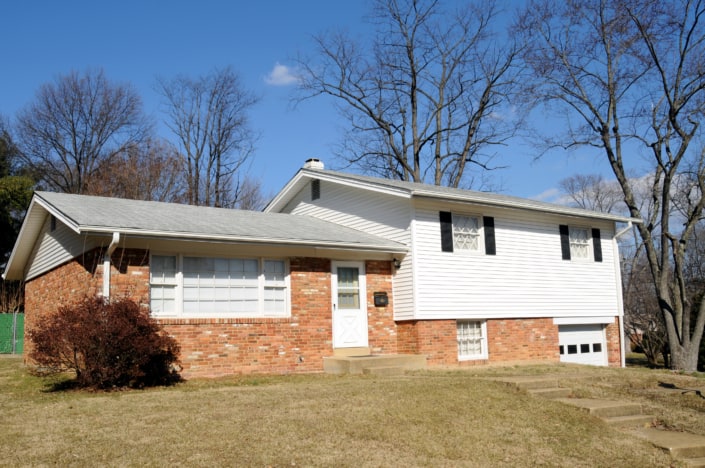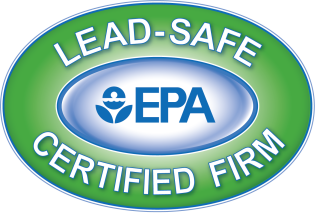Wallpaper on exterior walls, especially in older homes, is a bad idea! As we discussed in earlier posts, a mold problem is really a moisture problem. Trapping moisture inside walls can lead to a big mold problem. So how exactly can wallpaper lead to mold? Keep reading to find out!
DISCLAIMERS:
Blog information is NOT intended to provide or replace medical advice. NO information on this site should be used to diagnose, treat, prevent or cure any disease or condition.
*As an Amazon Associate we earn from qualifying purchases.
Suggestions for products to use are just that, suggestions. You know yourself and your home best. Please do your own research on any product you use in your home or on your skin, and learn all the facts for yourself. Thank you.
ARE ALL HOMES AT RISK?
Normally, moisture from outside moves through the walls in the form of water vapor, and evaporates into drier indoor air. This moisture would then be removed from the air and expelled out of the house as a byproduct of the HVAC system heating or cooling the air.
Many older homes were constructed without an adequate vapor barrier in the walls. Homes without vapor barriers absorb more moisture from the outside air than newer, more energy efficient homes.
HOW DOES WALLPAPER LEAD TO MOLD?

When wallpaper is applied to exterior walls, this water vapor becomes trapped. During the summer, the problem is compounded by the temperature difference of warm outdoor air and cool indoor air. Condensation begins to form on the backside of the wallpaper, leading to mold growth and even degradation of the drywall.
If you choose to install wallpaper in your home or commercial building, limit the application to interior walls, especially when using vinyl wallpaper.
CAN I JUST KILL THE MOLD WITH BLEACH AND PAINT OVER IT?

No! The goal of mold cleaning is not to kill mold, or even to disinfect a surface or material, but rather to remove mold from a surface. Think of mold more like dirt. If you had a wall with dirt on it, would you simply spray it with bleach and consider it cleaned? Of course not.
Bleach is a combination of chemicals used as an agent to kill bacteria and whiten clothes, floors, and walls. Bleach contains sodium hypochlorite which is toxic to bacteria, fish, and human beings. In fact, the Environmental Protection Agency (EPA) discourages the use of bleach and biocides for mold cleaning.3
Of course, there are more reasons to avoid bleach. Bleach is designed to kill bacteria, and will not completely remove a mold problem. Molds are fungi and they can, and will, grow back after bleaching.
There are 4 simple ingredients you can safely use to clean away mold in your home: white vinegar, baking soda, hydrogen peroxide, and detergent or soap.
What about all of the mold cleaners that are being marketed? What about the claims that a certain product kills mold, removes mold, removes stains, disinfects surfaces and prevents mold from ever returning? If it sounds too good to be true, it usually is.
To learn more about cleaning mold yourself and when to call the professionals, check out our post: A Simple Guide To Cleaning Mold
How do I get rid of the mold behind the wallpaper then?
Normally, by the time a homeowner realizes that they have a problem, the solution involves removing the wallpaper and affected drywall, and cleaning mold off of wall studs and other framing components. This probably will be more than you want to tackle a homeowner.
If the problem has gone undetected for quite a while, the wooden framing components may have rotted. The moisture inside the walls may also attract termites.
CASE STUDY: WALLPAPER LEADS TO MOLD IN A 1960S BRICK HOME

Recently, we did a mold inspection to determine the cause of mold in the master bedroom of a local home. The homeowner thought the mold may have been the result of a roof or plumbing leak. During the inspection, we checked the dryer vent, roof, plumbing, window and gutter downspout in the adjacent area to determine the moisture source that caused the mold problem. We systematically eliminated each possibility until the true cause, the wallpaper, was identified.
The brick home was built in 1968 without a vapor barrier in the walls. The wallpaper that was on the exterior wall was acting as a vapor barrier and trapping moisture. The problem was made worse due to an HVAC system supply vent in the floor at the base of the wall. The supply vent was obstructed by a dresser, causing the supply air to be directed at the wall.
During the summer, the combination of warm moist air moving through the wall from the outside, wallpaper that was trapping this air inside the wall, and the vent blowing cold air directly on the wall lead to excessive moisture inside the wall and mold growth.
Fortunately for the homeowner, we were able to correct the problem and remove all the mold. They also went ahead and removed all the wallpaper in the home as a precaution against more mold forming. They can breathe easier now that the problem has been solved!

WE’RE HERE WHEN YOU NEED US
Branch Environmental is a full-service mold inspection, assessment, and remediation company. Contact us today if you see, smell or think you have mold. We’re experts not only at mold removal, but at determining and remediating the underlying causes. From hidden mold sources to major contaminants, we can identify exactly what is going on in your home and rid it of environmental toxins, often for good. So you can get back to living your best life in your best health! Call us today!
Branch Environmental – Because nobody should live or work in a building that makes them sick.

